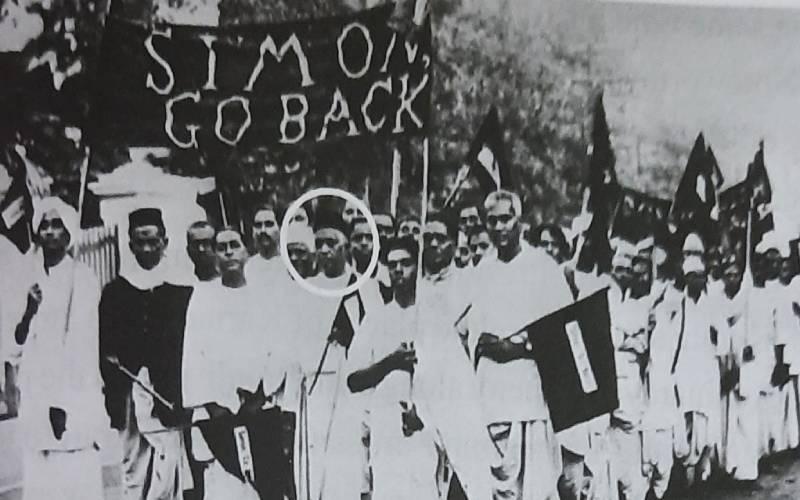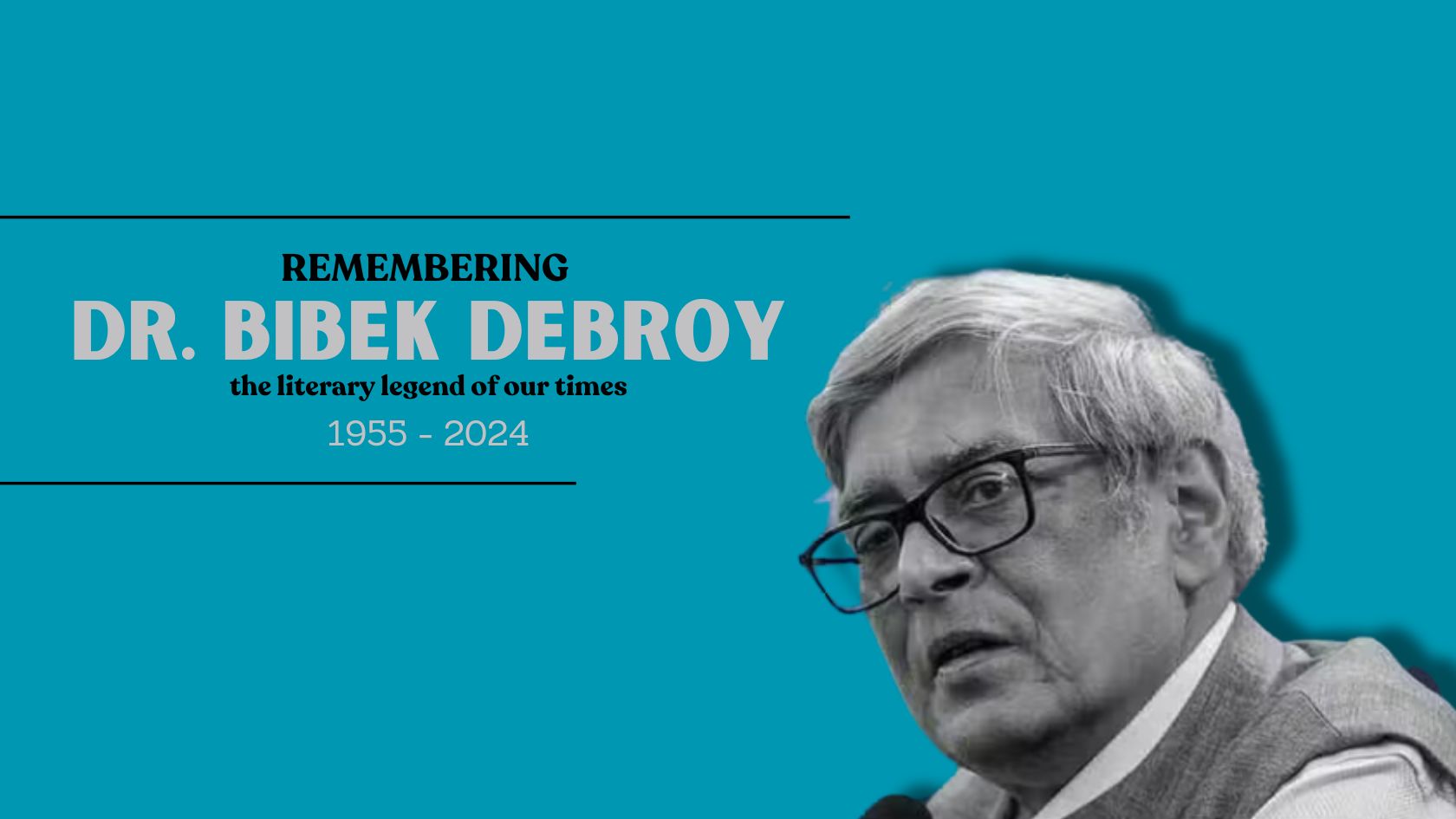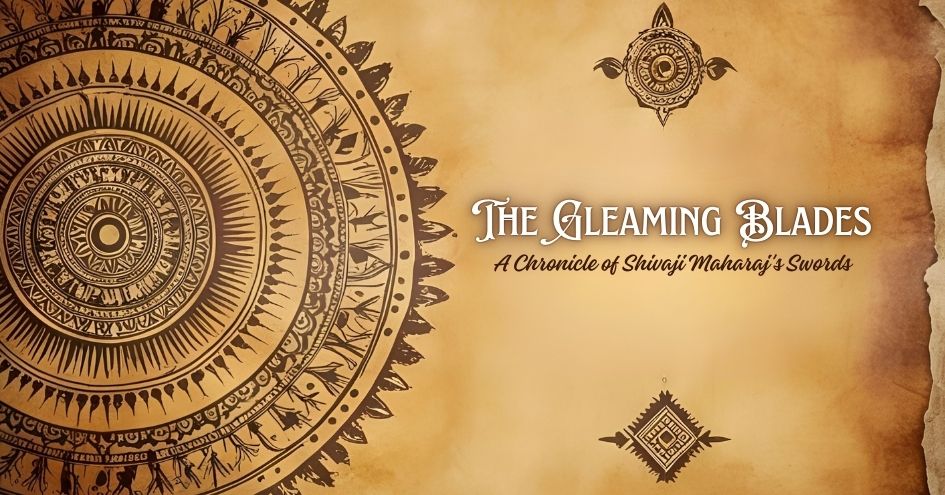
The freedom struggle of India was unique in many ways. This was won because of the willing sacrifices of many subjects. Patriotic fervor in young and old, men and women, irrespective of their caste, creed, community, status, education, fought alike for the freedom of the country. People of all walks of life with their unflinching determination and unflagging zeal scurried the path which gave rise to the dawn of Indian freedom on 15 August 1947.
This tumultuous period had many organized protests against the British. The brutal physical forces of the British would have wondered at the patriotic spirit and the longing for swaraj of the Indians. The leaders and the people of Mother India fought with unstoppable energy with their eyes emitting fire. They would have thought flexing their muscles to subdue the spirited Indians fighting for their freedom was pointless.
Of course, the focus of surge the Indians exhibited towards the rulers was properly channelized by the leaders who were the role models. They never ever lost their focus against the disdainful approach of the British. The oppressive and suppressive methods employed by the British with the aim of unnerving this zeal of the Indians proved futile.
As the leader, so his followers.
The leaders reposed faith in devoutly following the path of Sathyagraha (The path of nonviolence) against the repressive regime of the British, and the people, indeed, tread the path. The honest, the upright, determined leaders with the unequivocal clarion call for Indian freedom led the spirited struggle. The visionaries were the voice of the millions who tried to mitigate the unabated agony of Indian citizens and no doubt people revered them.
Mahatma Gandhi is admired as the Father of the Nation; Jawaharlal Nehru, the Architect of New India; and Sardar Vallabhai Patel, the Iron Man of India. Mahatma Gandhi had great veneration for the high-minded, honest, illustrious, upright, and trustworthy Rajaji, who was admired as the Chankya of his times. The unparalleled sagacity, pragmatism, frankness, and fidelity drew the leaders and the common man towards him for a better counsel, as magnet attracts iron pieces.
One such person who associated himself with Rajaji was Salem P. Adhinarayana Chetty. His contribution to the freedom struggle at various stages with the guidance of Rajaji was remarkable. As a functionary of the Indian National Congress and by virtue of the position he held in the congress party, he staged protests and conferences against British colonial rule. He, thus, earned the love and respect of many congress leaders including that of Mahatma Gandhi.
Adhinarayana Chetty was born on 22 September 1879 in Kumbakonam, Thanjavur District. He had done his schooling in Kumbakonam and joined M. C. C. (Madras Christian College, Chennai) and completed his higher studies. After his marriage, he went to Ireland with his wife Adhilakshmi and his son Radhakrishnan. To quench his thirst, he continued his law education in Irish National University and came out successfully with a degree in law. He continued his mission to master the law by joining in the law colleges in Dublin, London, and became a Barrister. The Irish Lawyers Association invited Shri. Adhinarayana in 1917. He registered himself as a lawyer of Madras High Court in 1918 but could not practice.
Adhinarayana Chetty’s contribution and involvement grew multifold when he became a close friend of Sri. Rajaji.
It was twenty years after their married life, Smt. Adhilakshmi, gave birth to a girl child. Gandhiji, during his visit to Salem, had called on Adhinarayana Chetty at his residence. Chetty received the Mahatma with great respect. Gandhiji lifted up the girl child and tossed her in air as though he wanted to weigh the child. The child giggled and the people standing around who saw this were elated.
Gandhiji told Chetty and his wife that he would be very happy if they could give cotton equal to the weight of the child with which he could feed many poor Indians. Everyone around was happy but Chetty was not surprised as he was prepared to give gold equal to the weight of the child. Gandhiji said that the house had a girl child after many long years and so the parents and others close to them should be knowing the value of it. He went on to say that he had also given birth to a child, Khadar, that which is spun on the charka which is not new to any Indian.
Adhinarayana Chetty’s introduction to Gandhiji bestowed him the spirit of nationalism and patriotism. He became very active in congress party. The conferences he organized at Salem in 1918 was a big success. 300 delegates and 1500 observers participated in the conference. This was the result of his quest to witness a free India which won him accolades from Rajaji.
Chetty was the Member of Legislative Council representing North Arcot from 1923 to 1929. As a M. L. C., he played his role to the satisfaction of the public at large. He strongly opposed the use of cement in the construction of Mettur Dam and advocated the use of lime in its place. He welcomed the government’s move of lending books to prisoners, as he felt that would bring changes in their attitude towards life. But he opposed the preaching of Christianity in the guise of the above move.
He never hesitated to voice his concerns when the government brought in legislations against the citizens of the country. He fought for the rights of the people and he was a friend of the farmers. During his 7-year-tenure as the M. L. C., of Chennai, the questions raised by him, his arguments, his speeches, and every activity of him, proves his commitment to the welfare of the public.
Adhinarayana Chetty was a member of the Malabar Legislation Committee, Land Assessment Committee, and Madras Service Commission. His contributions to complete prohibition, rural development, and the role of co-operative societies stand as a testimony to his commitment for the public welfare. He was instrumental in giving life to the Palar Irrigation Committee which thus benefited the farmers of the North Arcot District. He spoke of this issue in the assembly and questioned as why there was no action taken in spite of the approval of the legislative assembly.
He had delivered one of his speeches in the inaugural function of All India Swadeshi Exhibition on 21st May 1934. His ideas on nation building hold good even today and continue to remain as a proof of his vision for India. In his speech, he reminded people that the charka and the Khadi (Khadar) are the brain children of Gandhi and expressed his anguish on the import of foreign goods worth crores, ignoring the call of the Swadeshi Movement. He pointed out how schemes were successful in Russia and in India, where there were no national government. It became difficult for us to achieve the target due to laxity in planning. He felt that it would take a long time to achieve the dreams.
Chetty said that the key factors to achieve development are good planning and bringing stability and the fluctuations in price of goods would result in chaos in Indian economy. He opined that we must concentrate on improving the skills among the workers and stop importing foreign items. He also pointed that if Indians had this will, then it would be of no difficulty to achieve self-sufficiency. The idea of Adhinarayana Chetty and one such idea of the Prime Minister of India, Shri. Narendra Modi, ‘Make in India,’ fall in the same line of swadeshi and self-reliance.
Adhinarayana Chetty was a friend to the Mathematical Genius Ramanujam. The friendship started at Cambridge. Later, Ramanujan, who was ill, stayed with his mother in the bungalow of Adhinarayana Chetty in Mylapore for his treatment. He was under the medical care of B. S. Chandrashekara Iyer, a leading doctor. But, Ramanujam died on 26 April 1920. The next day Adhinarayana’s article, ‘Genius Ramanujan,’ appeared in Madras Mail.
The Indian National Congress made resolution in their meeting to boycott the meetings of Prince of Wales in 1921. The rulers imposed 144 to curb the activities of the congressmen. Rajaji geared up to show the protest and a meeting in this regard was about to be organized on 14 December 1921. But Rajaji was arrested and was imprisoned. He was ordered to be jailed for a term of 3 months at Vellore Central Prison. He made use of this opportunity to read books and he wrote a diary of his experiences in the prison.
His experiences in the prison from 21 December 1921 to 20 March 1922 was later published as a book titled, ‘Rajaji’s Jail Diary.’ This book of Rajaji has references to Adhinarayana Chetty who met Rajaji in prison many a time to get his counsel to fight the British by organizing protests, stirs, and meetings under INC.
In November 1927, the British conservative government appointed Simon Commission under Stanley Baldwin to report on the working of the Indian Constitution established by the Government of India Act of 1919. The Chairman of the concern was John Simon and Clement Attlee, the former Prime Minister of United Kingdom and one among the seven members of the commission.
The people of Indian sub-continent were outraged and insulted, as the Simon commission which was determining the future of India did not include a single Indian member in it. The Indian National Congress, according to the meeting on December 1927 in Chennai, resolved to boycott the Simon Commission. Adhinarayana Chetty played a crucial role in the Go-Back-Simon agitation.
He spent his wealth wholeheartedly for the noble cause of India’s freedom. In addition to being a congressman, his served the society as
The British Government had initiated the opening of co-operative societies in Madras Presidency in 1904 to mitigate the problems of the poor farmers. Adhinarayana Chetty’s role in the Co-operative Movement against the British was equally noteworthy.
The, then, Madras Presidency included Tamil Nadu, Andhra Pradesh, Kerala and a few places of Karnataka which covered a large area. Adhinarayana Chetty along with Rajaji joined the process of encouraging the farmers and artisans to concentrate on their artistic work, especially, art and craft. Also, women were provided with substantial support to start small business.
In 1906, Sri. Adhinarayana Chetty founded the Salem Central Co-operative Society, which later spread its wings in the neighboring places such as Namakkal. Today, it has grown leaps and bounds and has been instrumental in the socio-economic development of that region. Thus, Adhinarayana Chetty can be admired as the Father of Salem Co-operative Movement.
The patriot, who had divergent thinking and who had a vision for the development of his country and his people, passed away in 1937.
India stands tall today in the eyes of the world community because of the sacrifices of great souls like Adhinarayana Chetty.
“He who lives in palaces may know how little about the sufferings of the people who made their palaces a reality.”
Indian freedom was made a reality by the great, unparalleled sacrifices of genius architects of Indian freedom movement.
This generation and those who continue to breathe the air of freedom may know little or nothing about such incomparable deeds of great men. The lives of Rajaji, his disciple Adhinarayana Chetty, speak a lot about the leadership qualities. Their capacity to remain humble, despite their wealth and scholarship, is an ideal that the current generation should learn.
This small work on Adhinarayana Chetty speaks volumes about his greatness. Let his life be a beacon light to all of us; may his name inspire every Indian to fulfill his dreams!
Jai hind!
NEXT ARTICLE

All authors who write about the Mahabharata have to read its unabridged version. The most popular unabridged translation used to be the one by Kisari...

In the annals of Bharat Varsh, amidst the swirling mists of time and legacy, emerges the figure of Chhatrapati Shivaji Maharaj, a warrior whose name e...